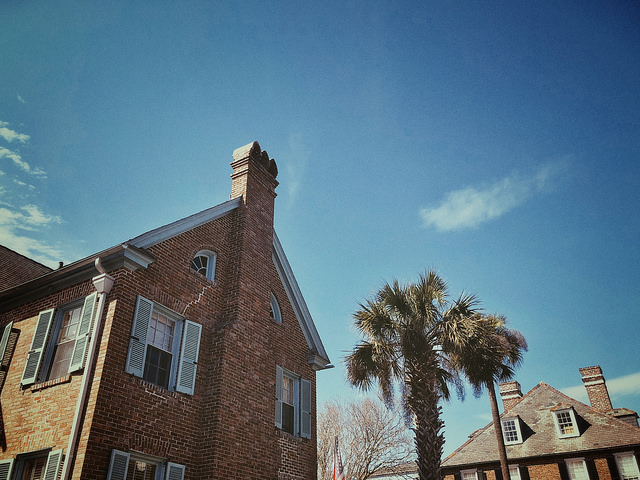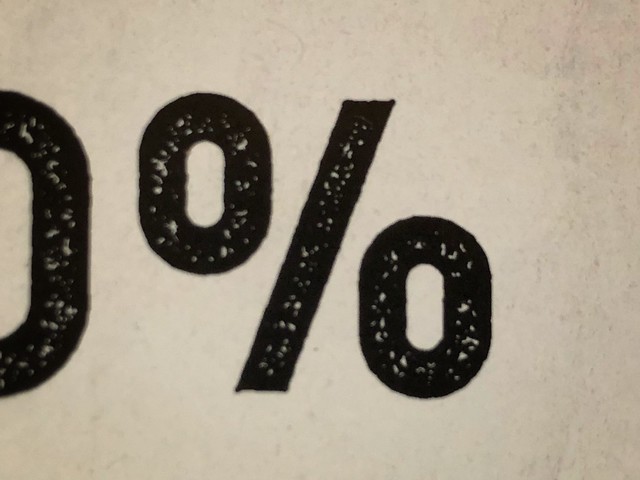According to the Mortgage Bankers Association’s Weekly Applications Survey, demand for loans to buy homes was up for the first time in five weeks last week. In fact, the MBA’s purchase index improved 2 percent week -over-week. Increased demand from home buyers combined with a 3 percent gain in refinance activity to push overall mortgage application demand 2.3 percent higher than the week before. Joel Kan, MBA’s vice president and deputy chief economist, says application demand still remains lower than last year, despite the increases. “Mortgage applications for home purchases and refinances increased for the first time in five weeks but remained at low levels,†Kan said. “Purchase applications increased but were still 27 percent lower than a year ago, as elevated mortgage rates and tight housing inventory continue to weigh on home buying activity.†The MBA’s weekly survey has been conducted since 1990 and covers 75 percent of all retail residential mortgage applications. (source)













